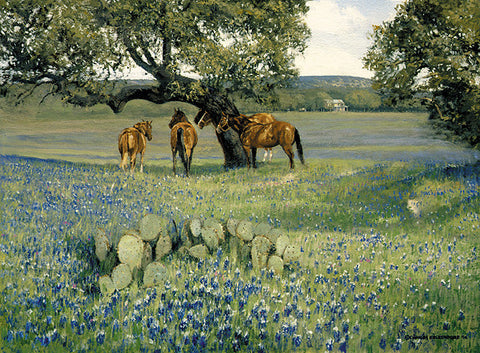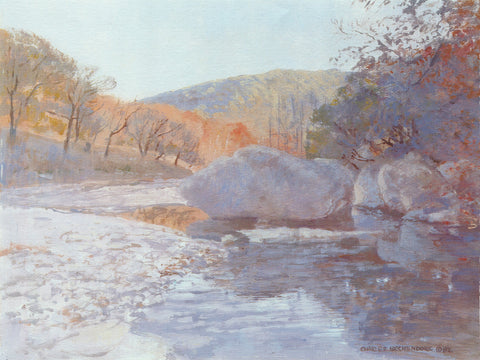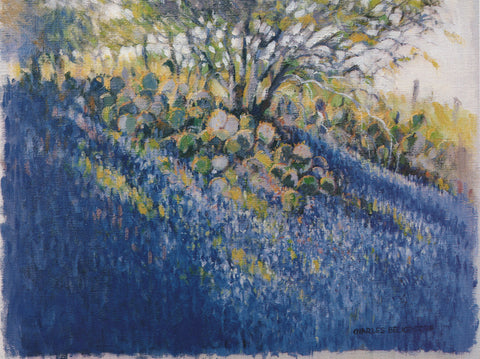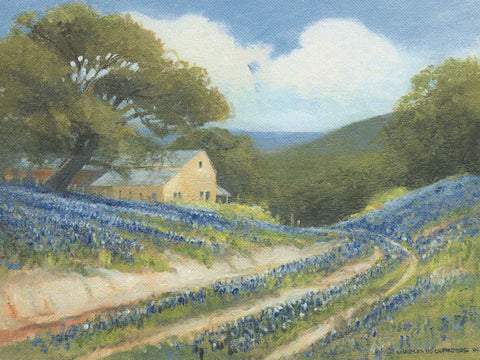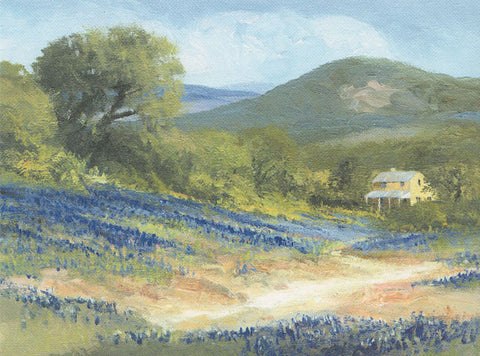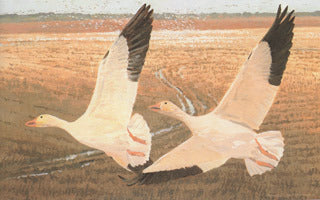
H-60 Lesser Snow geese
Color Reproduction | By Charles Beckendorf
Additional Information
The Lesser Snow Goose comes to Texas each fall. They may be seen in flight or temporarily feeding on their migration route across the eastern half of Texas. Lesser snow geese migrate in unusually large flocks of 100 to 1,000, made up of many family units. Normally they fly at a speed of 50 miles an hour at altitudes around 2,500 feet, but they have been recorded on radar often at 10,000 feet, and by airline pilots at 20,000 feet.
About a half million snow geese winter in Texas. Prior to the 1970's, most lesser snow geese wintered on the coastal marshes, but now, most winter in the rice field district from Katy to Victoria.
This is a part of the Texas Wildlife Art Prints Collection.
Color Reproduction
The Lesser Snow Goose comes to Texas each fall. They may be seen in flight or temporarily feeding on their migration route across the eastern half of Texas. Lesser snow geese migrate in unusually large flocks of 100 to 1,000, made up of many family units. Normally they fly at a speed of 50 miles an hour at altitudes around 2,500 feet, but they have been recorded on radar often at 10,000 feet, and by airline pilots at 20,000 feet.
About a half million snow geese winter in Texas. Prior to the 1970's, most lesser snow geese wintered on the coastal marshes, but now, most winter in the rice field district from Katy to Victoria.
This is a part of the Texas Wildlife Art Prints Collection.
Beckendorf color reproductions are developed using four color process printing on fine white paper. This advanced technique utilizes separate color plates for each of the primary colors, plus black. High-resolution digital scans and special process inks are utilized to yield beautiful, accurate reproductions.
About the Artist - Charles Beckendorf
Charles grew up in Mathis, Texas, where he had the opportunity to spend hours on large ranches. Generous land owners gave him permission to wander freely over their ranches and he observed creatures in their natural surroundings. He developed a lifelong love of nature, whether it be in the tiniest of flowers or the largest of animals. It was at this time that he became a true naturalist.
We Also Recommend
REVIEWS

